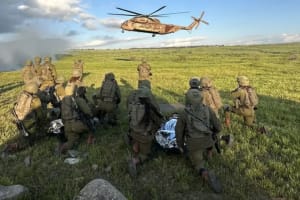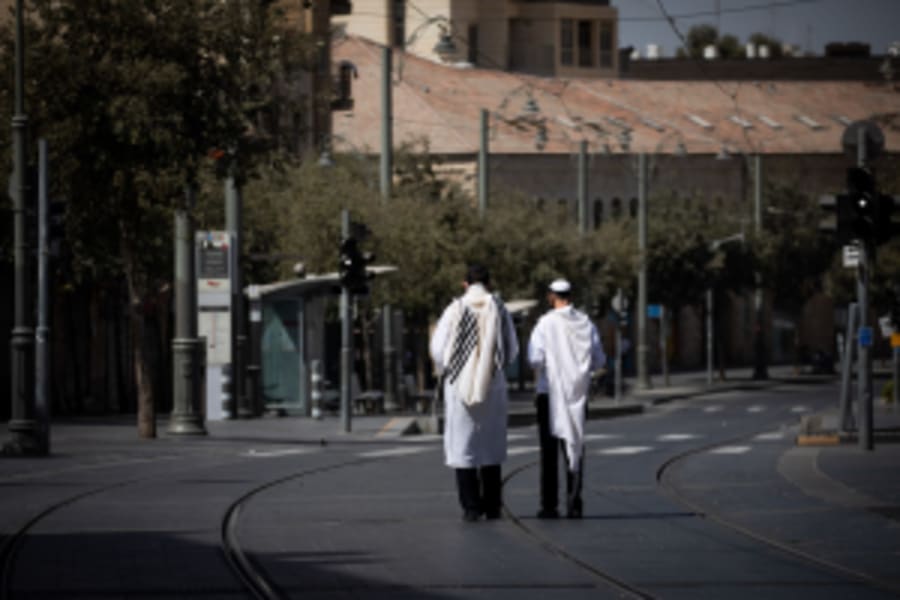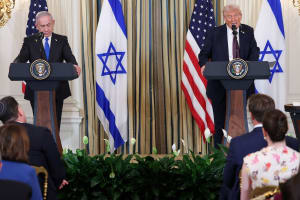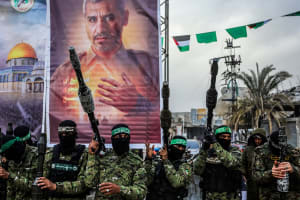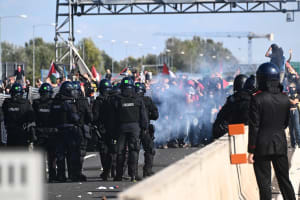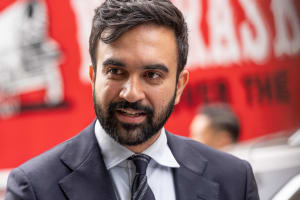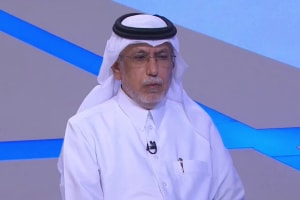Surge in female combat soldiers marks major shift in IDF amid escalating ultra-Orthodox draft debate
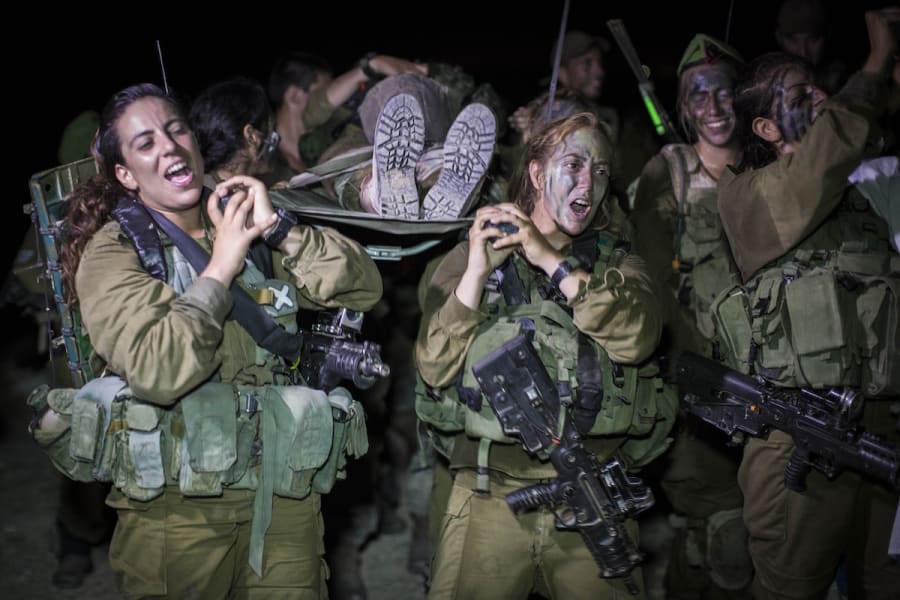
The IDF is increasing the number of women serving in combat roles. To date, one in five combat soldiers is female.
On May 7, during a Knesset discussion centered on female combat soldiers and the broader debate over fair conscription laws for ultra-Orthodox men, Brig. Gen. Shay Tayeb, head of the Personnel Directorate’s Planning and Personnel Management Division, presented official data: “Today, women make up 20.9% of the IDF’s combat force – this is an unprecedented figure. We’re also seeing an increase in the technological units, but the main surge is in women serving as combat soldiers,” he stated.
Yet, as more women join light infantry battalions, elite combat units, and other frontline roles, the military could face growing difficulties in managing their integration while also preparing for a potential increase in ultra-Orthodox recruits, policy experts cautioned.
According to The Times of Israel, since July 2024, mandatory draft orders have been issued to 18,915 Haredim. Only around 319 have enlisted, while 2,521 who ignored multiple draft notices were sent immediate call-up orders, requiring them to report to an induction center within 48 hours or be declared draft evaders.
As an outspoken voice against the draft evasion among Haredi men, Maj. Sapir Barabi, head of the Sources Department at the IDF Personnel Directorate, pointed out that the number of female combat soldiers increased tenfold between 2012 and 2024, according to recruitment yearbook data.

The IDF disclosed that women can be assigned to 58% of combat positions. At this time, women are still excluded from all of the IDF’s maneuvering infantry and armored corps, as well as most commando units – forces specifically trained to operate deep inside enemy territory.
Although the recent rise in the number of women in combat units marks a significant shift, women have actually been serving in IDF combat roles for the past twenty years.
Today, women make up about 60% of all mixed-gender battalions, where male and female combat soldiers train and serve side by side from enlistment through to deployment along the borders.
During the Hamas-led attack on southern Israeli communities on Oct. 7, 2023, women in the all-female tank company, Caracal, engaged in hours of combat, killing dozens of terrorists along the border and within communities that had been overtaken.
Women play key combat roles across the IDF. In the Home Front Command’s Search and Rescue Brigade – mostly composed of fully combat-trained women – troops regularly operate in the West Bank, and have supported maneuvering forces in Gaza during the war.
In the Air Force, men and women serve together in aerial defense, and in the Navy, women serve alongside men on missile boats. Female soldiers also serve as canine handlers in the elite Oketz unit and as paramedics embedded with infantry and armored brigades, including during the ground offensive in Gaza.
As reported by the Times of Israel, “In 2024, the IDF began pilot programs to integrate women into special forces units, including Unit 669, Sayeret Matkal, and Yahalom, the elite unit of the Combat Engineering Corps.” While the pilot program at Yahalom has concluded, the IDF is awaiting a decision on whether the unit will officially be open to female soldiers.
While some female soldiers have completed the pilot program and have continued to an officer training program, it is not clear whether the IDF has deployed the women who completed the pilot program in operational roles beyond the border.
The Times of Israel reported that “the two female soldiers who were selected for the elite 669 rescue unit dropped out, and no public details are available regarding the one who was recruited to the Sayeret Matkal special reconnaissance unit,” and currently, there is no information on whether the pilot program will continue or if additional female recruits will be added to these units.
Another ongoing IDF pilot program is exploring the integration of women into combat mobility units within the Ground Forces. Each infantry battalion currently includes mobility platoons, typically made up of regular infantry soldiers who undergo additional training in the operational driving of Hummers and ATVs.
The primary role of the mobility unit is to transport critical supplies, such as water, food, ammunition, mortars, and missiles, to forces operating in enemy territory. Additional responsibilities include evacuating wounded soldiers under fire and moving equipment between company and battalion commanders, also under combat conditions.
This pilot program, which started recently, consists of around 30 female combat soldiers recruited as a unified platoon. They are currently undergoing advanced training at the Paratroopers Brigade base, Camp Eitan, located near Kibbutz Shomria.
Barbari shared that their training course is the same one used for male recruits. The IDF chose to maintain the women as a separate, gender-segregated platoon within the brigade's training base, rather than integrating them into mixed-gender units alongside male combat soldiers.
Another pilot program, set to begin in the 2025 recruitment cycle, will open opportunities for female combat soldiers in Unit 504. This unit, part of the IDF’s Intelligence Directorate, is responsible for recruiting agents in enemy territory and conducting prisoner interrogations, both in the field and at IDF facilities. The Intelligence Directorate also has the highest number of women serving in general intelligence roles.
MK Merav Michaeli of the Labor party has been a strong voice advocating for the military to drop their pilot programs and allow women to assume roles that are fit for them.
“I don’t see other parts of the population being placed under various pilot programs,” she said. “Just let them be assessed according to the ‘right person for the right role’ policy and put an end to all these pilots.”
Additionally, just as the IDF has allowed for special concessions for its male soldiers, Knesset’s Subcommittee on Human Resources of the Foreign Affairs and Defense Committee has announced the IDF’s decision to allow religious female soldiers to serve in combat roles within “gendered platoons.”
For instance, the IDF is set to soon offer women a gender-segregated combat platoon within the Combat Intelligence Collection Array, part of the Border Defense Corps. The Times of Israel says, “this will likely be within the Eitam Battalion, which oversees the Egypt and Jordan borders in southern Israel.” Another similar platoon is expected to be formed within one of the Iron Dome battalions in the Aerial Defense Array.
Michaeli is not a fan of the IDF’s decision to allow for the segregation of it’s soldiers. “Dividing units by gender or sex does not stem from operational needs but from political considerations,” she said. “You described a phenomenon of ultra-Orthodox soldiers who don’t want to serve in artillery units because they’d have to serve alongside female combatants. This is a dangerous approach for the IDF. The great concern is that gender segregation will expand, and ultimately this will harm the IDF – and will harm women.”
When addressing the matter of dropout rates, Barabi pointed out that in the Border Defense Corps, the dropout rate for women stands at 15%, slightly higher than the 14% rate for men. “There is no major difference between the genders,” she said, “and the rates of leaving combat roles are similar across all units.”
Ofra Ash, CEO of the Deborah Forum - a group that advocates for women's advancement in national security and foreign policy – also took part in the discussion. She emphasized the continued absence of women in top command positions within the IDF.
“Until there are women at the General Staff Forum – women who rose through the combat and operational ranks – we cannot say that progress has been made,” she said.
At present, the General Staff Forum includes only two female generals, both serving in legal roles.
At this point, the IDF has exhausted its reserve soldiers and staff. Several have served 17 deployments since the beginning of the Gaza War. At a follow-up discussion in the Foreign Affairs and Defense Committee on May 8, the IDF’s Tayeb emphasized that “every new regular mixed-gender battalion – male and female – presents immense potential to reduce dependence on the reserves.”
Tayeb went on to explain that a single regular battalion is equivalent in operational output “to about seven reserve battalions.”
The number of women serving in the reserves is a great indicator of the notable rise in women serving in significant roles in the IDF.
For example, in the Second Lebanon War of 2006, women accounted for just 3% of IDF reservists. This number increased to 8% during Operation Protective Edge in 2014, and by the Oct. 7 Gaza War (Swords of Iron), the share of women in the reserves had jumped to 20%.
Furthermore, Tayeb disclosed that 37% of women eligible for military service identify as religious, either ultra-Orthodox or national-religious. He also noted that 25% of enlisted women serve in units with a mandatory service period of 32 months, equal to that of male soldiers, including combat units and certain intelligence roles.
MK Simcha Rothman of the Religious Zionism party questioned how the significant rise in women, especially those from religious backgrounds, entering combat roles happened naturally, without any targeted initiatives by the IDF.
Three female MKs – Merav Michaeli, Sharon Nir, and Efrat Rayten – responded to Rothman, explaining that women are motivated by seeing their brothers and peers enlist, and by a strong desire to serve equally. They noted that, in many instances, these women pursued combat roles despite a lack of support from their families.
There has not been a special campaign targeting female recruits; instead, their interest and decision to enlist stem from a strong desire to serve their country. In doing so, they have broken glass ceilings and pushed the IDF to think more creatively about the roles women can play within the organization.

The All Israel News Staff is a team of journalists in Israel.
You might also like to read this:



